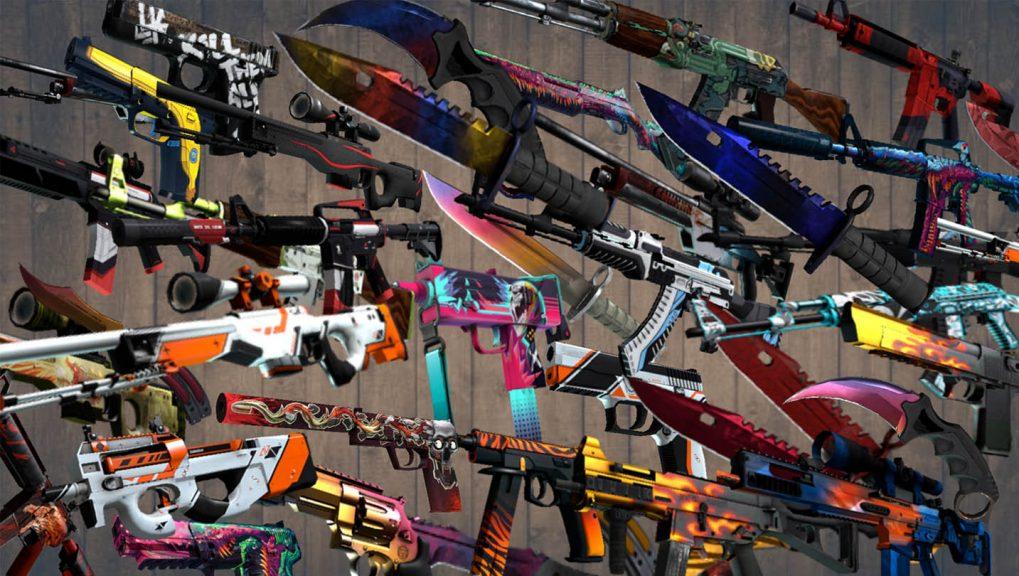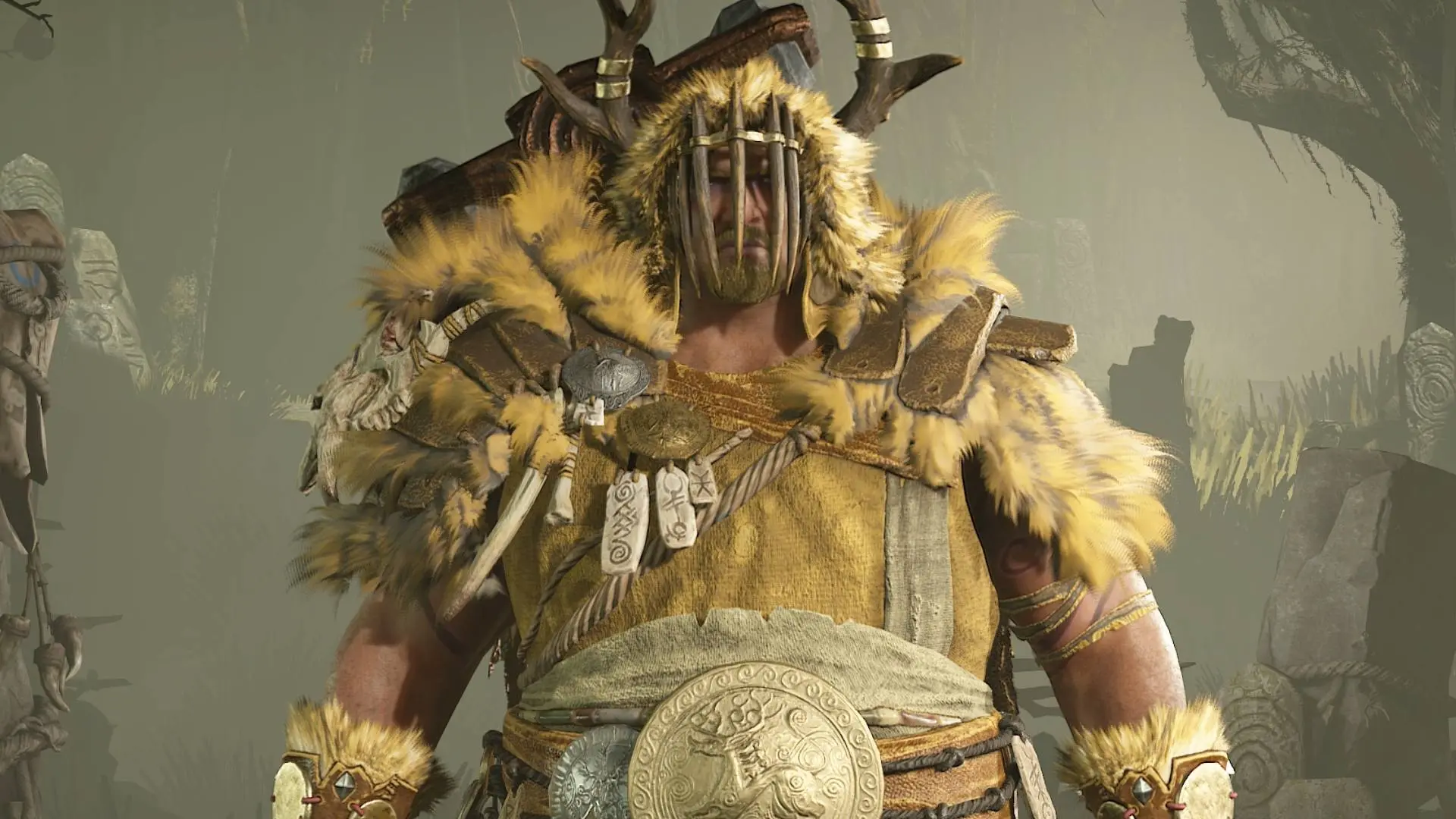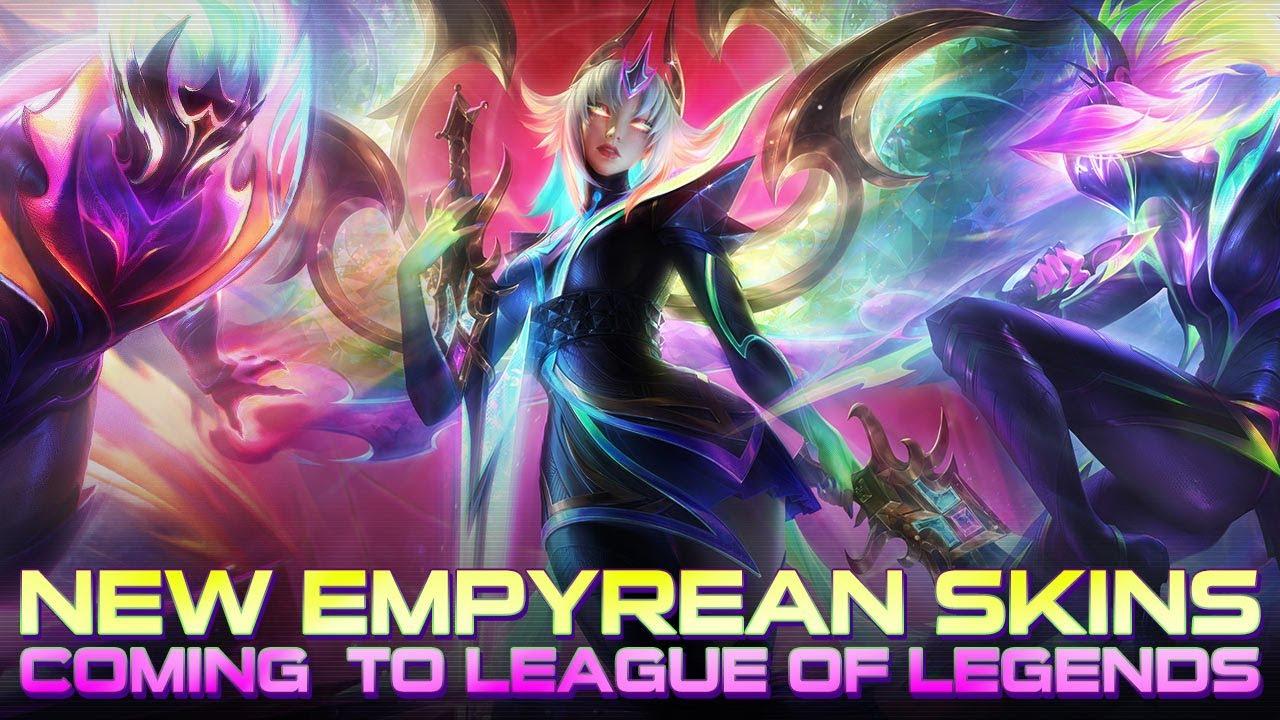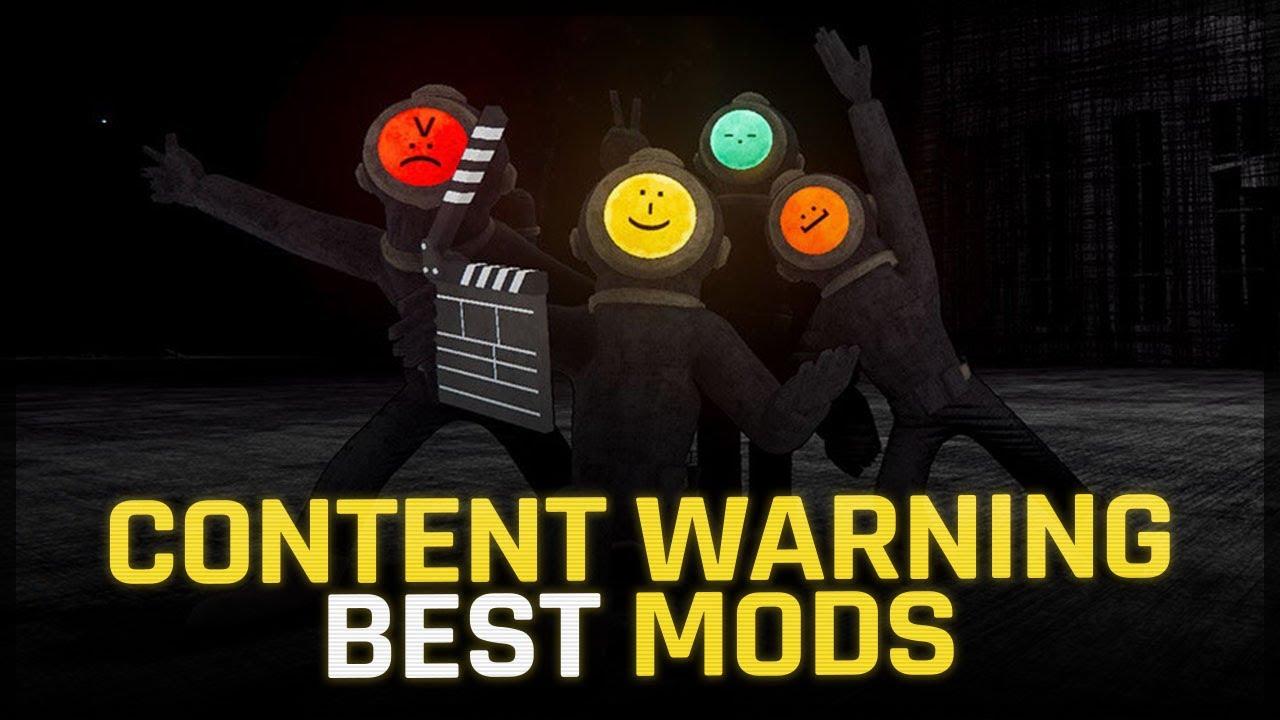
Why do people pay real money in video games?
Back in the 80s and 90s, a video game was a single purchase. After purchasing a Nintendo or Atari title, that was it. No more investment required. In 2021, in-game purchases account for a large chunk of a video game’s profits. Why anyone would ever spend a single real dollar within a video game itself. What’s the point?
Digital items are just like any other item
We need to stop thinking of digital as “different” from physical items. Gamers pay real cash in video games, and they’re perfectly fine blowing money on handbags, golf clubs, or junk food. According to a research paper published in 1991, there are five reasons why we buy what we buy: social, epistemic, emotional, functional, and conditional. This resultant model is known as the Theory of Consumption Values (TCV). And it turns out that digital purchases tick many of these boxes.
Functional Decision-Making
There are also functional reasons behind spending money in video games: they help you win. Many items can be earned in-game, but developers also offer a short-cut, which is in-game purchases. The controversial “play to win” model. It’s drawn a lot of criticism. Battlefront II, for example, had to patch the game and withdraw their pay-to-win model. In-game purchases can lead to real money as well. For example, random loot boxes. If gamers get something “unique,” it’s possible to re-sell in online marketplaces as long as the game allows transfers of such items.
Critics say it’s a little bit like gambling. Gamers pay for a loot box, but only if they want to “gamble,” in hopes of trying to get an expensive unique item to flog on the marketplace. Similar to real online casinos, however, it’s all about finding the best odds and deals with providers that will get your winnings fast. To what extent should it be regulated, or should the player be given ultimate responsibility? This is still very much a controversial topic and one that the gaming community argues about.
Buying skins
TCV has also been applied to further study the reasons behind in-game purchases. Two further conditions were identified: a) the player will only make an in-game purchase if they actually enjoy playing it and b) the player has to be immersed in the experience, perhaps by identifying with the character in a role-playing game.
This idea explains, for example, why people buy “useless” skins in video games. Skins simply change the appearance of a character but don’t have any practical functionality. But skins add personalization to the character and, considering the connection players have made with the game, it’s almost as if they are buying clothes for themselves.
All of these reasons are mostly down to simple human psychology and dispelling some misconceptions around video games. For some people, times when the only investment was just buying a game without any further expenses seems like a serious case of “the good old days.” But for others, “gambling” on skins is a huge rush.
Recommended

Does Content Warning have VR?
As a game focused on sharing your spooky encounters, Content Warning seems like the perfect game for...

Diablo 4 Thorns: How does it work?
It’s a simple, but powerful substat.

All the methods and secrets for quickly increasing your rank in Call of Duty Warzone 2
CoD Warzone is one of the most dynamic projects in the battle royale genre, which allows players to...





